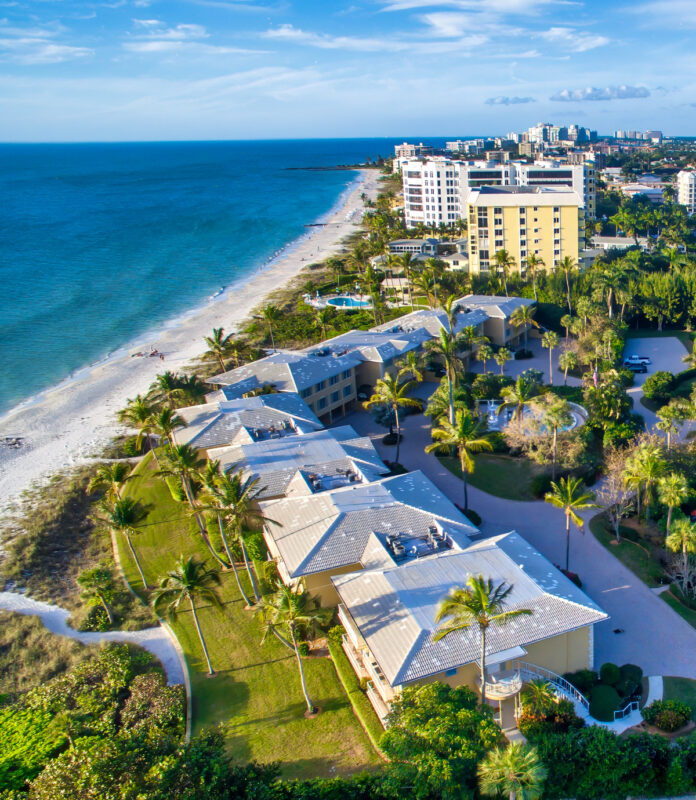
Places in the Sun
Where is the Next Palm Beach?
As real estate prices in the billionaire’s playground reach record highs, where to go now for easy-living, sea-front Florida charm.
What to do if you don’t want to pony up $100 million for a house in Palm Beach but can’t face another gray winter in NYC? Here’s DP’s list of alternative winter sun spots.
Naples
Located on the Gulf of Mexico, Naples not only has a different coastline than Palm Beach (hard-packed, white sand, ideal for long walks) but an entirely different atmosphere. The pace here is more slow-golf-game than daytime party—and many spend their time doing the former. (There are nearly 100 golf courses in the city alone.)
Naples’s heyday took off in the years following WWII when Junkie and Dorette Fleishmann began developing and popularizing the area about the 19th century Naples Pier into a center of shopping—today a mix of high-end retail concepts, restaurants, and antiques—while maintaining its signature Mediterranean revival architecture.

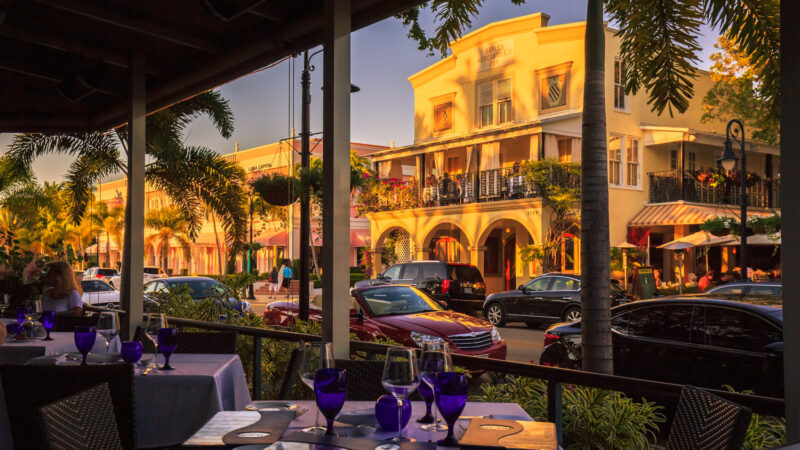
Along with businesses, the Fleishmanns’ work drew a cultured set from Hollywood, publishing, and the arts, and today the city maintains its allure of a slow-based bastion of culture on the coast. And while 21st century luxury has found its way to Naples’ shores in the form of big name, five-star hotels like Ritz-Carlton, there’s an undercurrent of mid-century glamour at historic spots like The Escalante hotel and the charming Third Street South corridor, with its abundance of chic shops. Recent pop-ups there have included Ala von Auersberg and Balmain.


Vero Beach
Heralded as the most “Un-Florida Place in Florida” by Town & Country, Vero Beach has been slowly building up steam since the 1990s when Toronto-based couple Hilary and W. Galen Weston bought property in the area, strategically selected for simply being not Palm Beach.
What began as the construction of a private home blossomed into something far larger. The Westons went on to acquire nearly 500 acres of land and began the development of Windsor, a gated country club community (with sumptuous amenities) set between the Atlantic Ocean and the Indian River.
Vero Beach has since become something of the Hamptons of Florida, with the one percent seeking a winter reprieve alongside those who’ve called the area home for decades. Today, it is also known for its culture—the Vero Beach Museum of Art, Riverside Theatre, McKee Botanical Garden—and famous polo fields including the Vero Beach Polo Club and the Polo Grounds at Vero Beach. And with houses selling for closer to $30 million than Palm Beach’s $100 million, perhaps a more cost-effective option.

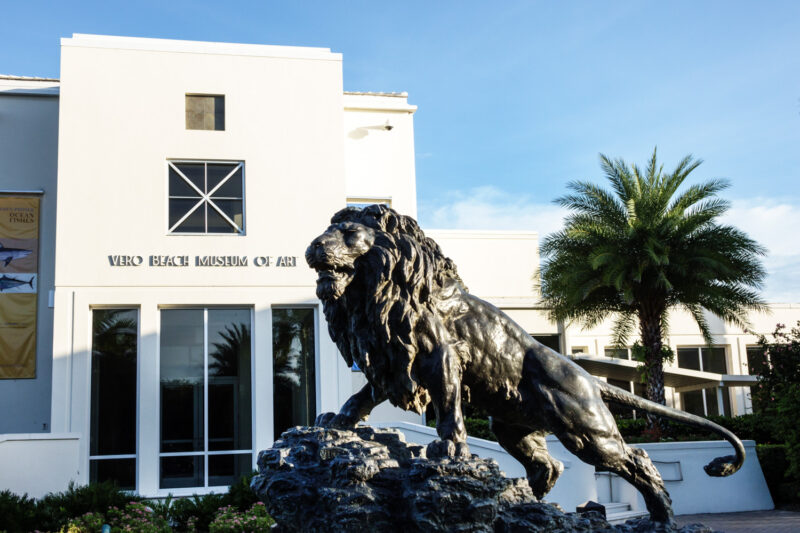
Amelia Island
More southern than Floridian in feeling, this northern beach town is a relaxed mix of golfers, retirees, and travelers looking for a very quiet corner of the state. The southernmost of the sea islands, Amelia has the private feel that only an island can claim. While golf and the beach—this is Florida, after all—are the key swaying factors in those who make Amelia a regular part of their lives, the island is steeped in history that locals and snowbirds are fiercely proud of.
Since the 16th century, the island has flown under eight flags: those of France, Spain, Great Britain, the Patriots of Amelia Island, the Green Cross of Florida, Mexico, the Confederate States of America, and the U.S. The town of Fernandina Beach is the epicenter but, while lively with eateries and shops, don’t expect any see-and-be-seen restaurants or nightlife. On Amelia, people seem more impressed with the stately live oaks, Spanish moss, and shark tooth strewn beaches here than they do with cars and clothes (although you will see plenty of nice versions of both).
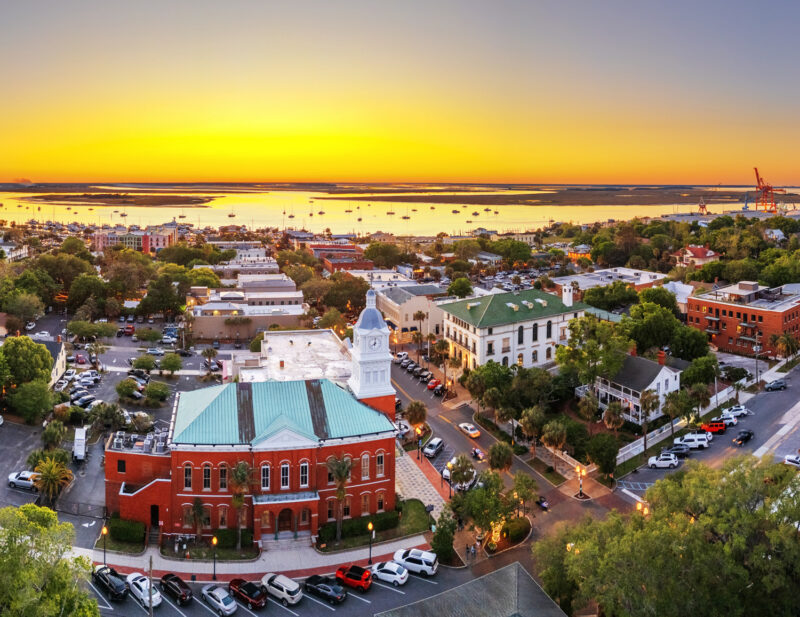
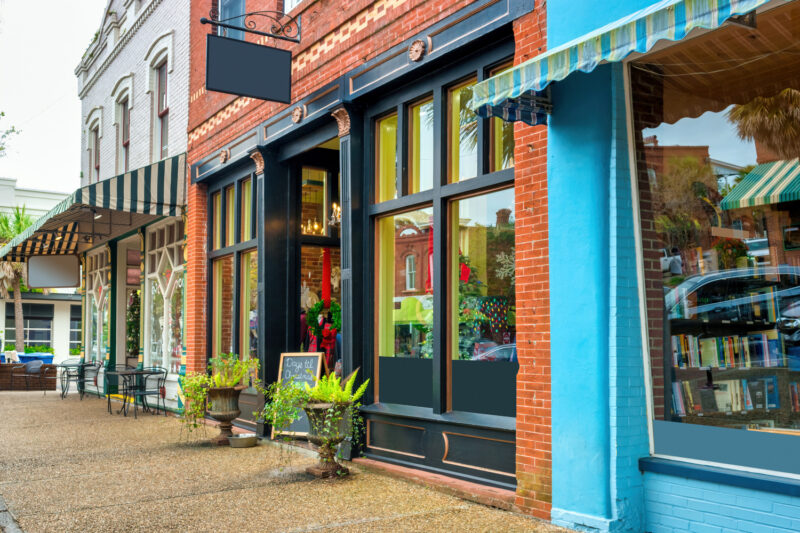
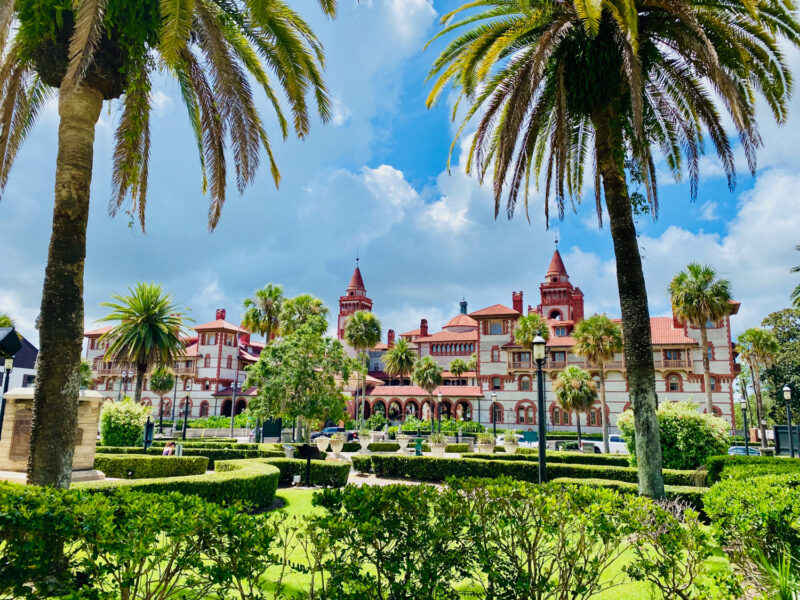
St. Augustine
Another historic north Florida town, St. Augustine holds the unique distinction of being the oldest continuously occupied settlement in the United States, with Europeans arriving in the mid 16th century. The city’s history renders its existence hardly a secret, but in recent decades St. Augustine has been overlooked by flashier destinations further south in the state. Its gilded age predates that of Palm Beach, as Henry M. Flagler put significant efforts into developing St. Augustine in the late 19th century before he put his attention more fully on Palm Beach.
He built grand hotels like the Alcazar and the Hotel Ponce de Leon, and tourists came as much for their buzz as for the historic city’s Spanish colonial architecture and flair. While neither of Flagler’s St. Augustine hotels are open to guests today, the city is enjoying a slow renaissance of visitors. Along with new hotels and restaurants, it was recently named by Booking.com as one of the friendliest cities in America.
Hero photo of Naples by Paola Giannoni/Getty images



